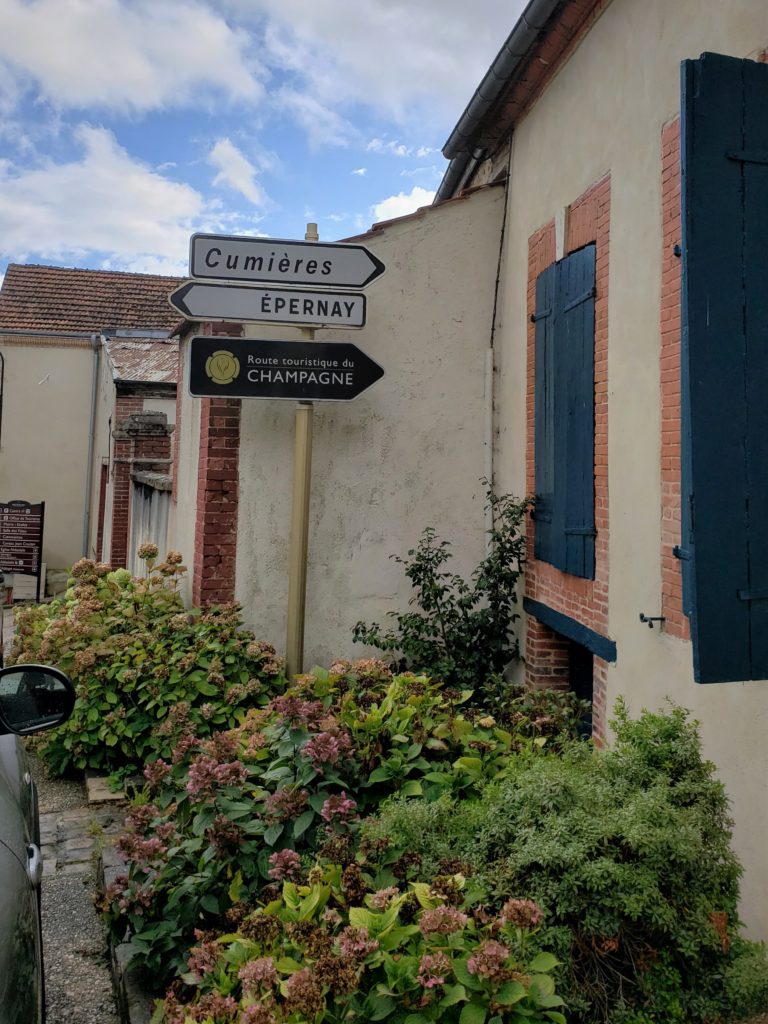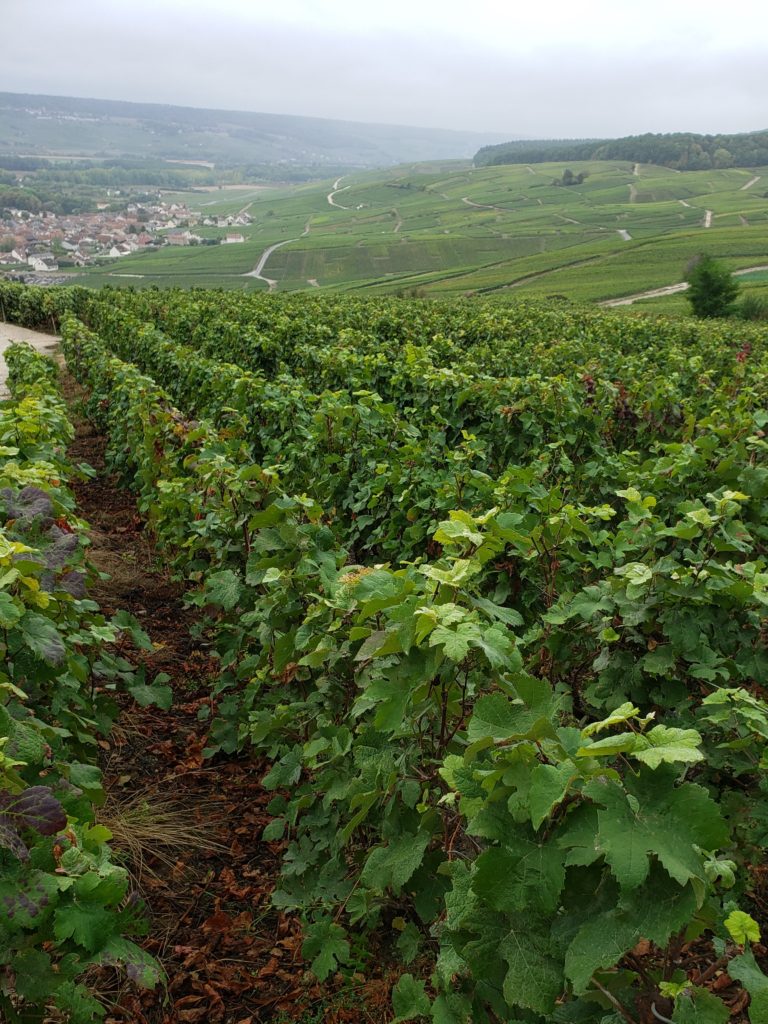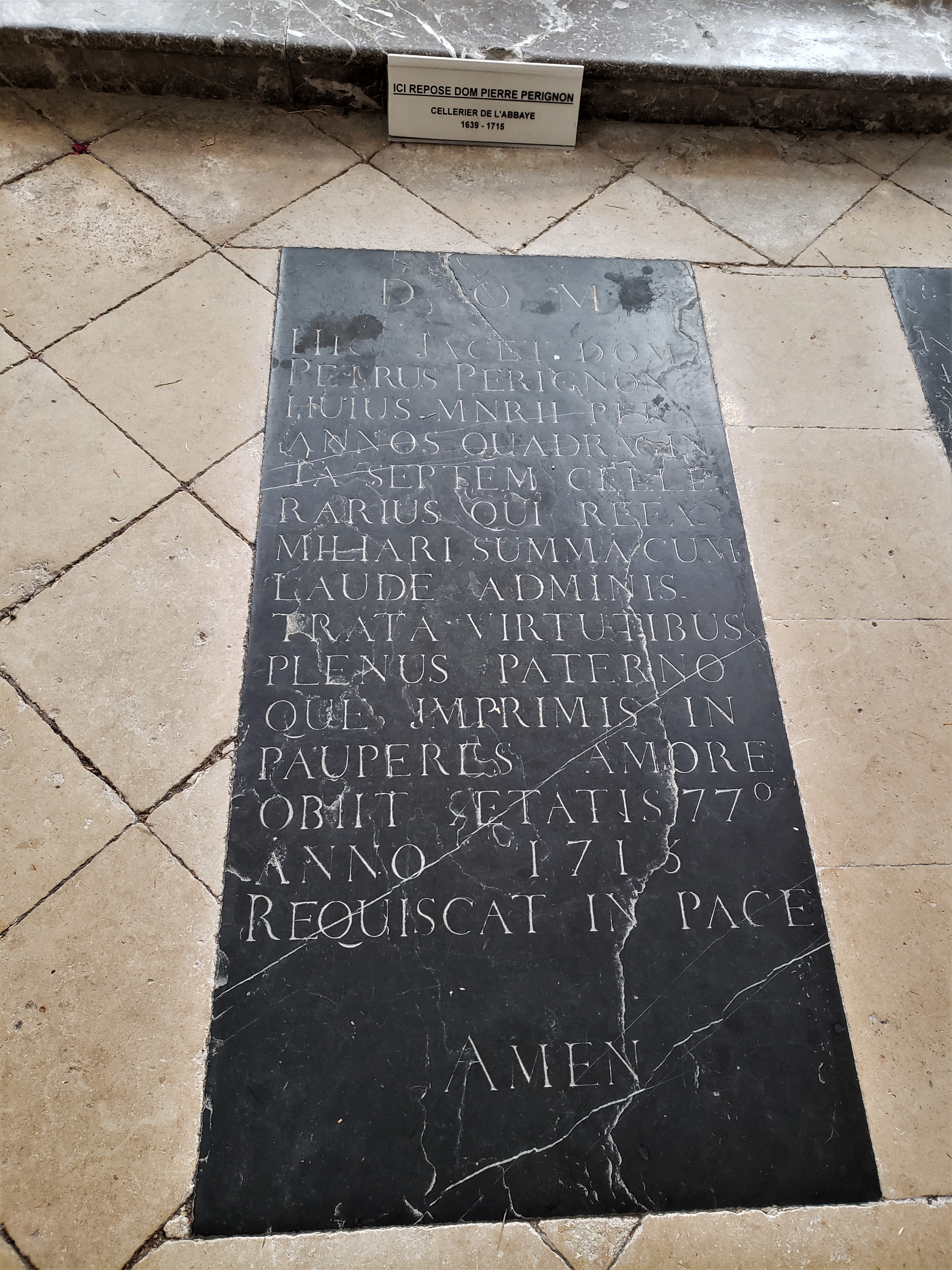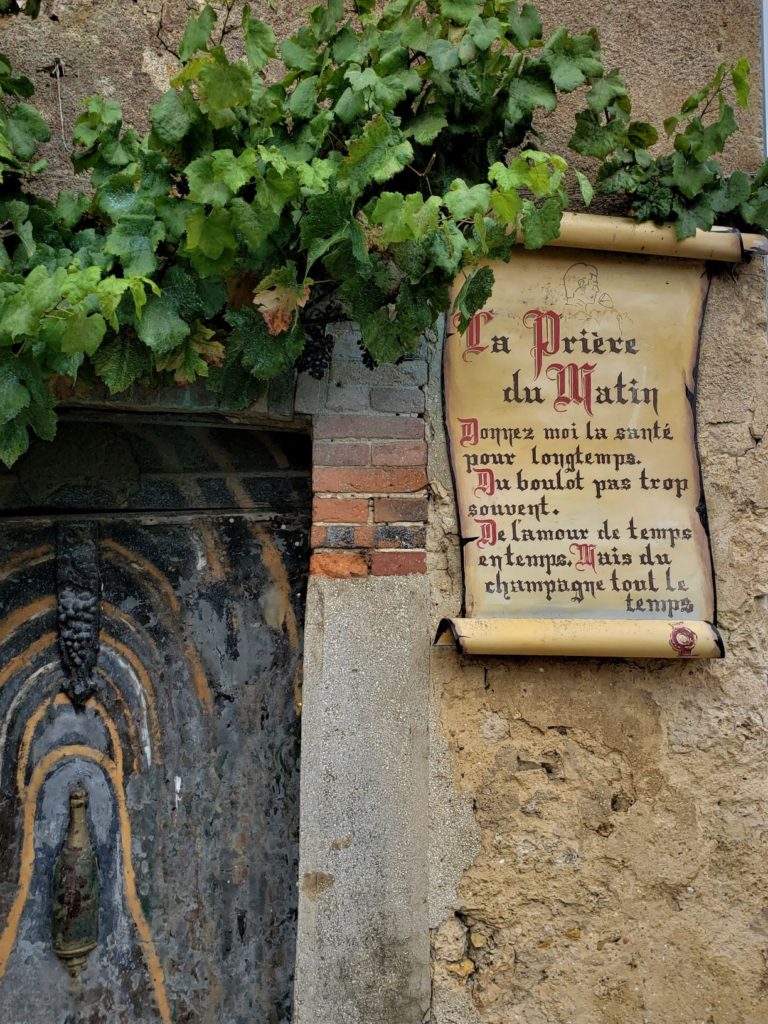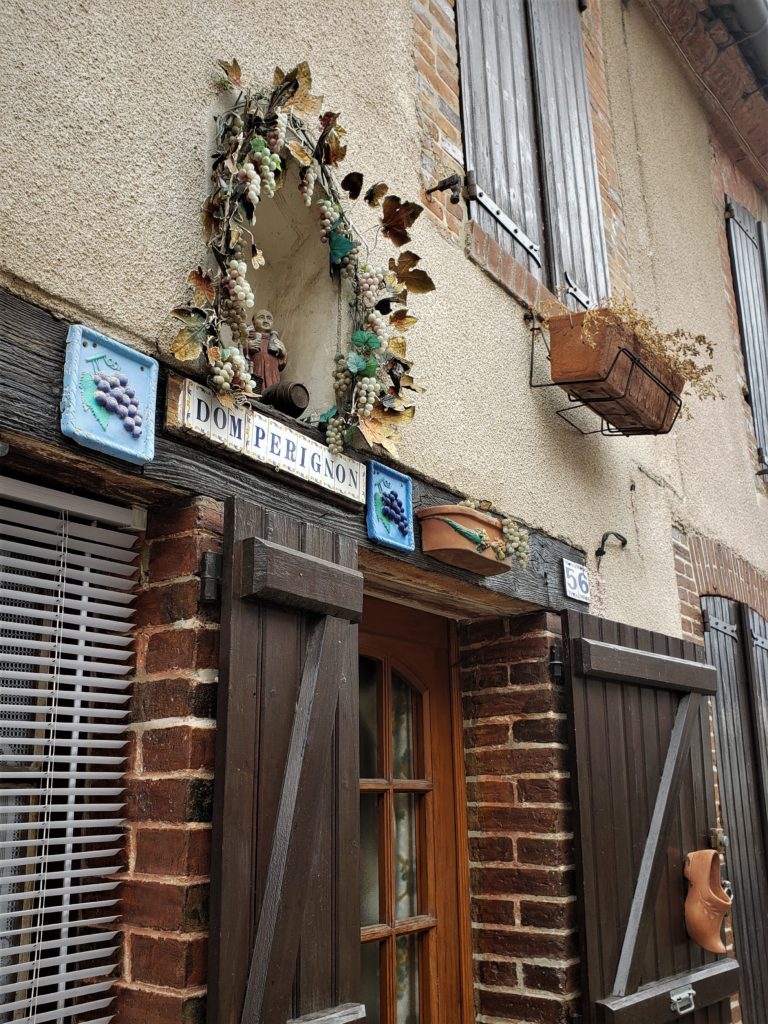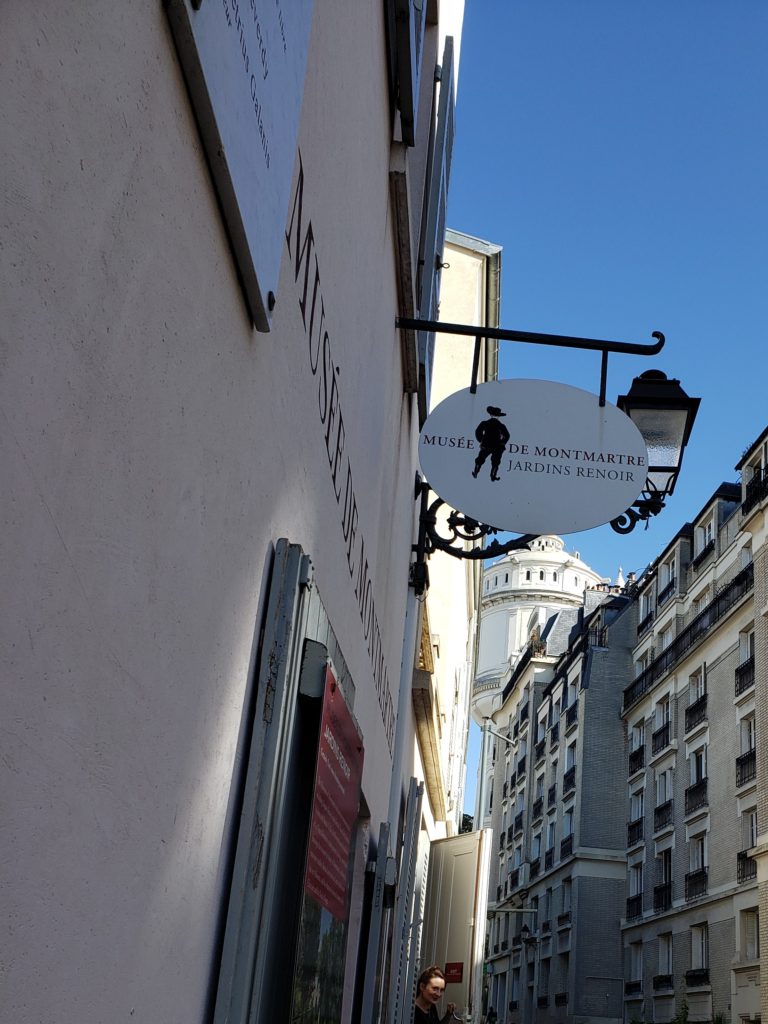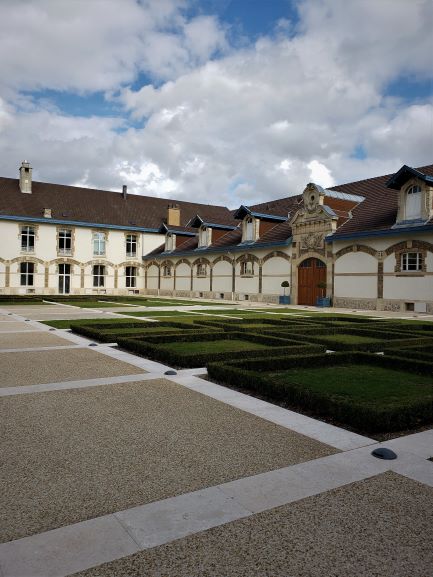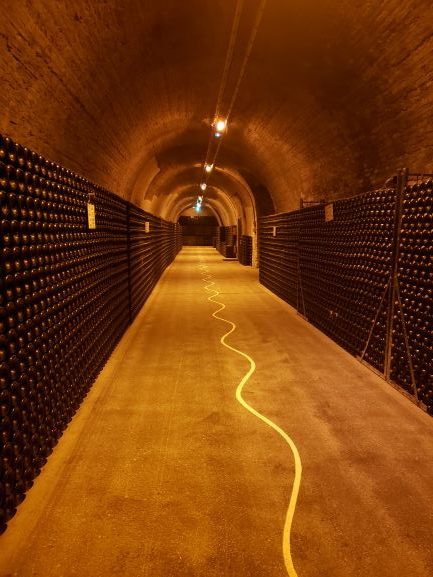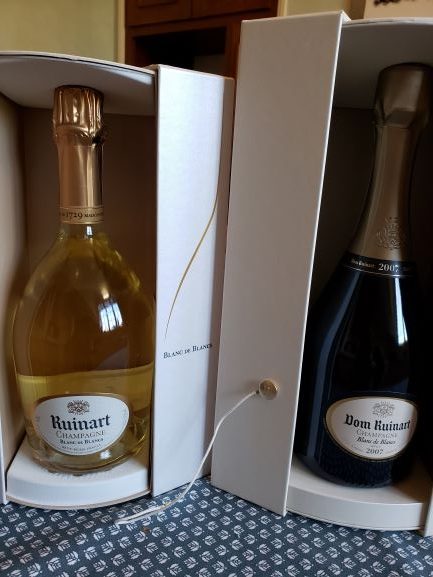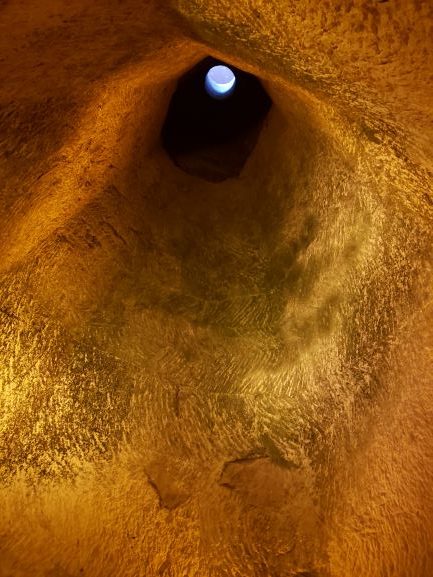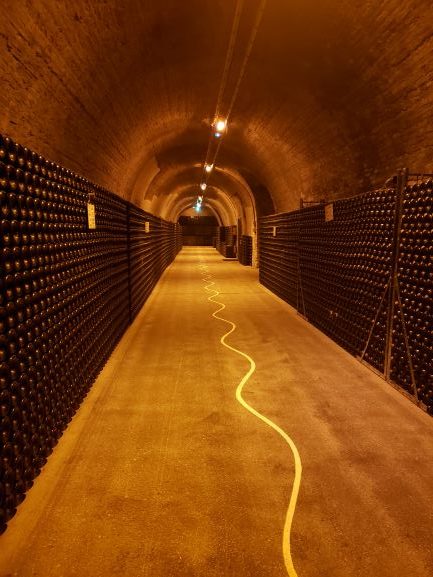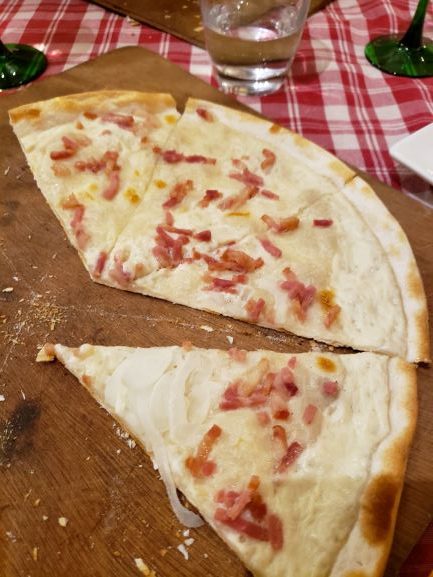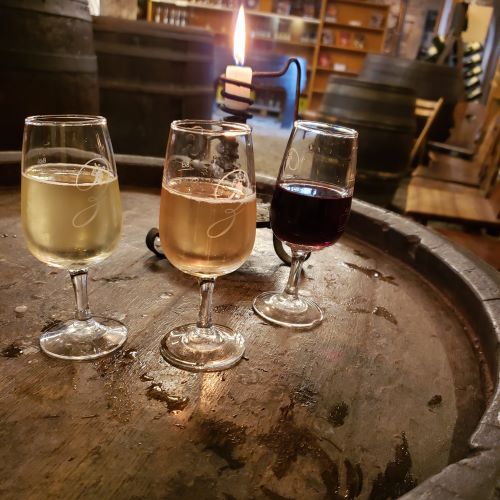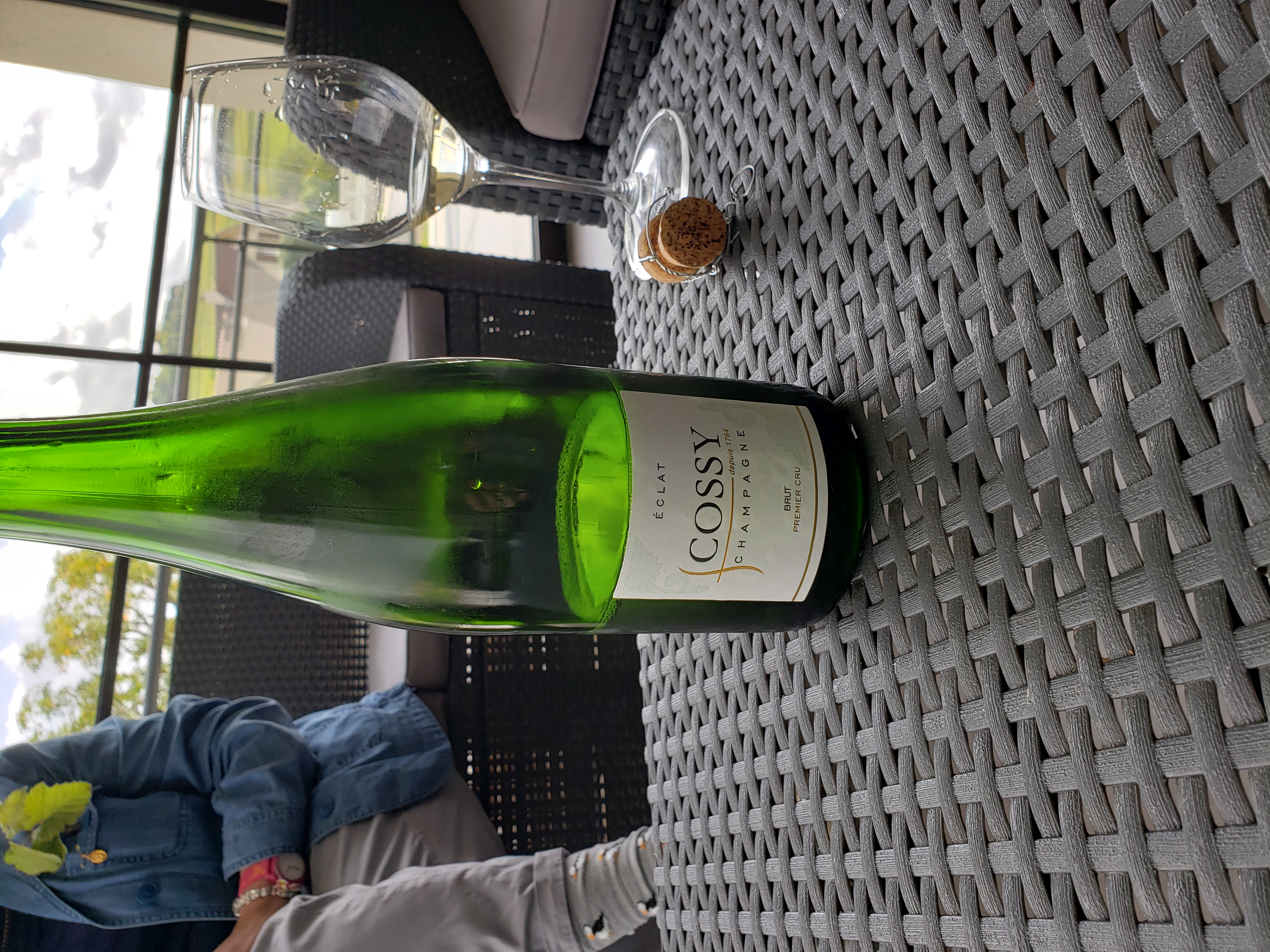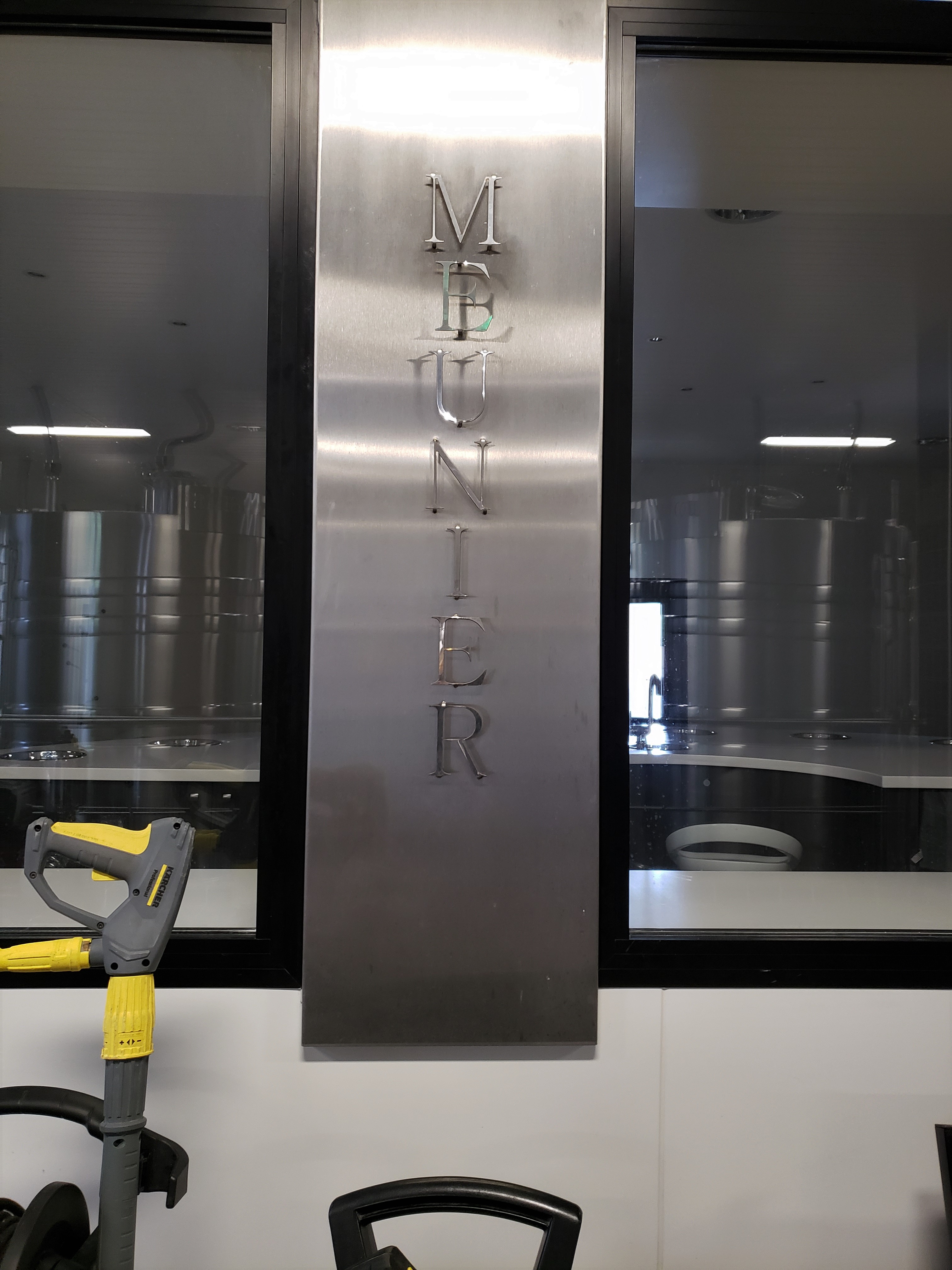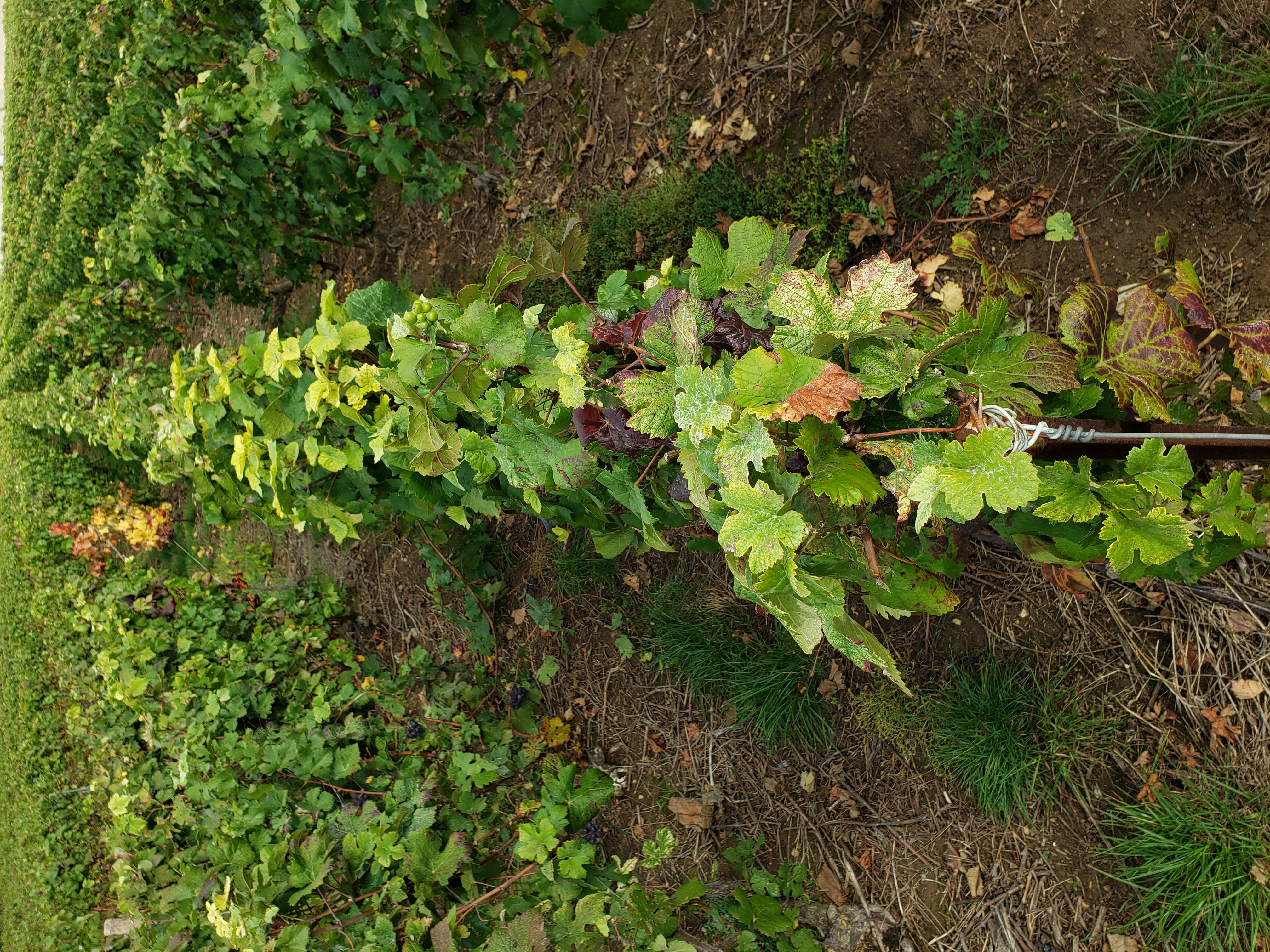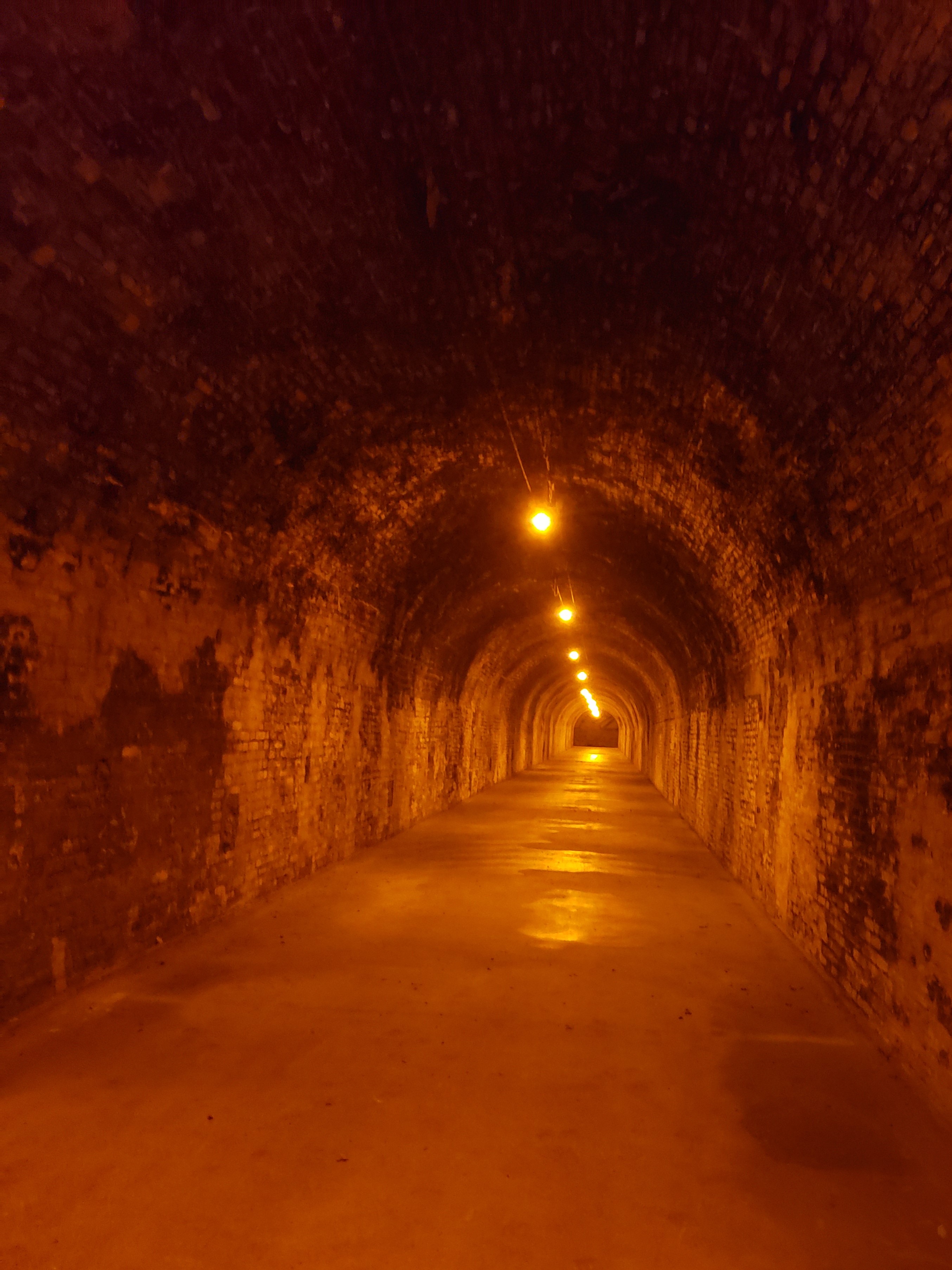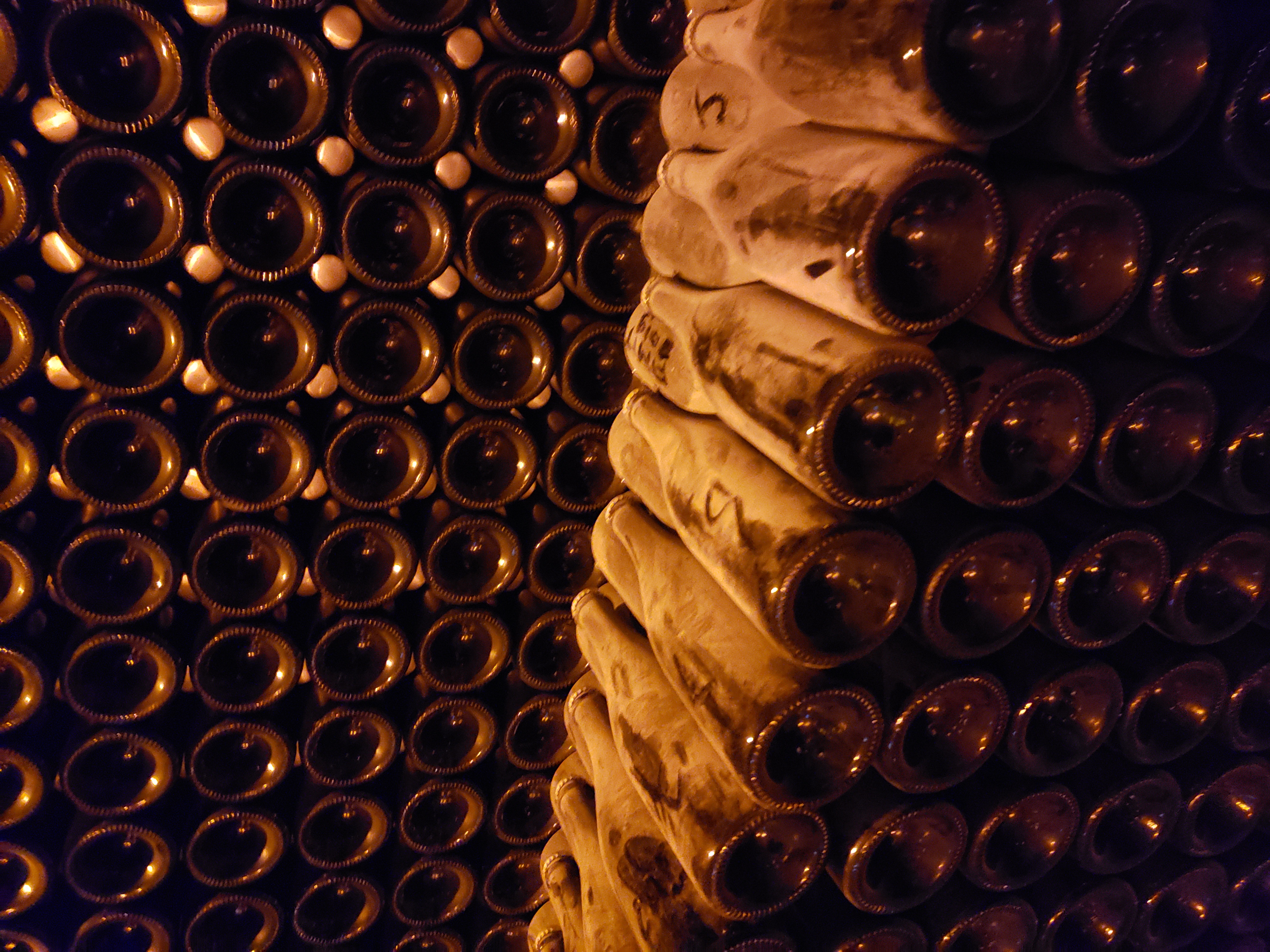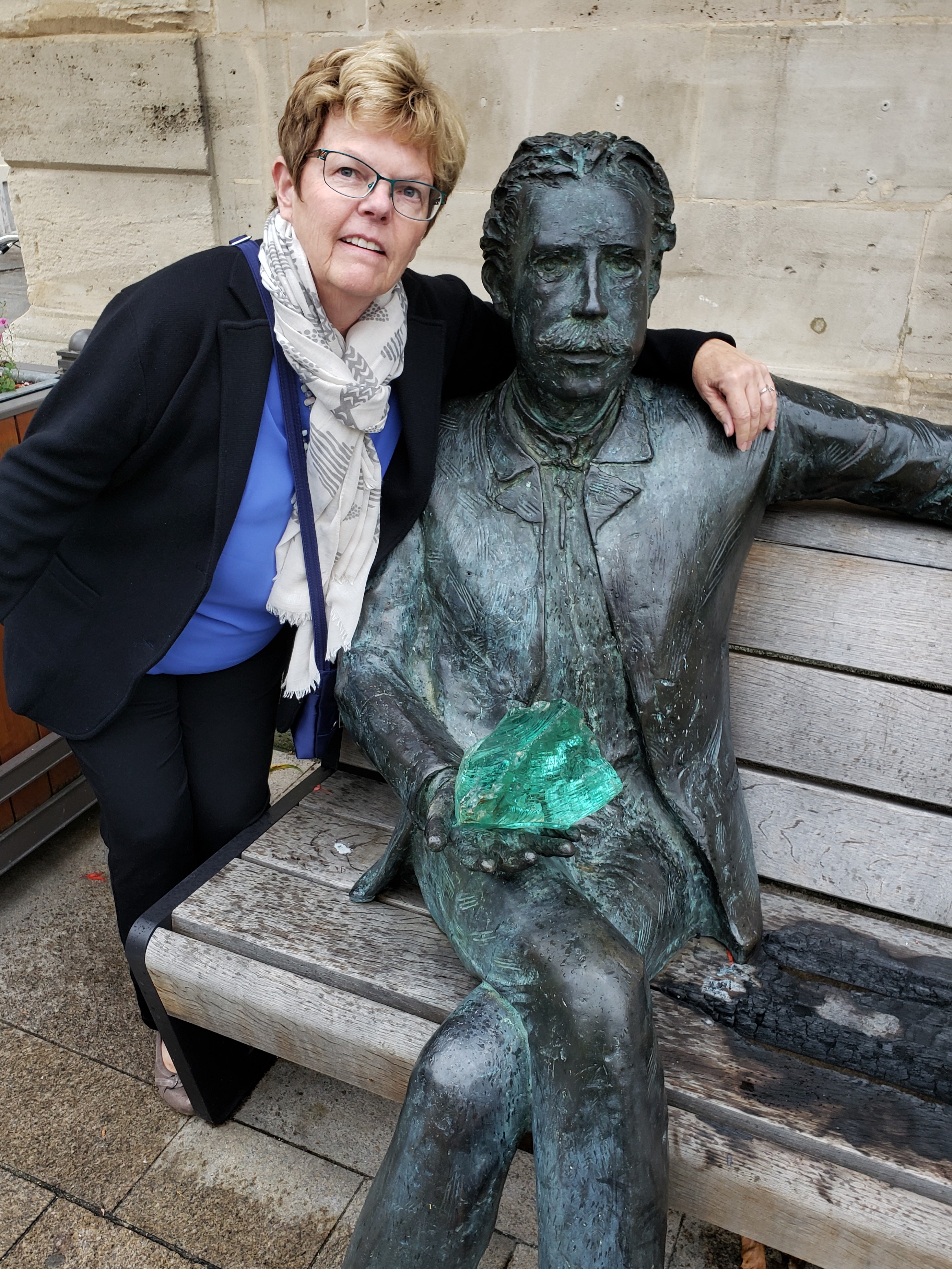Battle of Verdun
The Battle of Verdun started on February 21, 1916. It ended on December 16, 1916.
That’s 300 days and 300 nights of combat without a break.
This was the “War to End All Wars.”
However…There were over 300,000 dead and missing and 400,000 French and German soldiers wounded. The Battle of Verdun was a frontal assault, the most murderous in history. Over 65 million artillery shells were fired by both sides. Nine villages were completely destroyed.

In a few words, that summarizes the entire World War I.
What happened? The planned German attack on Verdun was supposed to crush and bleed France to death. France had 20 major forts and 40 smaller ones around Verdun. These protected the eastern border of France and Germany was going to overtake the entire border. It was supposed to be quick and go as planned by the Germans.
About 140,000 German troops started the attack, supported by artillery guns that fired 2,500,000 shells. On February 21, 1916, 1,000 German artillery guns fired on a six-mile stretch of the French front.
Flame throwers were used for the first time to help the Germans advance the eight miles. By February 25, they had captured over 10,000 French prisoners.
It didn’t end there…
The French fought back. French officers organized a motorized supply chain on a scale never seen or used before. They transported 90,000 soldiers, 6,000 vehicles, and 25,000 tons of supplies to the front via a 37-mile dirt road.
Perhaps, like me, you learned all this in school. Again, perhaps like me, those were just facts and figures to be memorized and then either forgotten or never thought of in real life.
We visited this part of France and some of the battlefields of Verdun. It brought reality to us.
Approaching from the east, we drove through peaceful countryside. Before reaching any of the monuments, acres of green fields, dense forests, hills, and valleys everything seemed so calm and serene. Farmland, animals grazing, and tree trunks all hiding remnants of an ugly war so many years ago.
Then, we noticed things differently. The small hills and craters were not what they seemed at first. These are leftover remnants of the tens of millions of artillery shells fired here. As we came closer to the battlefield areas, we could see what had happened here. The green, moss covered mounds are really shell craters left when artillery shells exploded. The valleys are where battles took place. These valleys, actually trenches used for fighting, are small and terrifyingly close to each other.
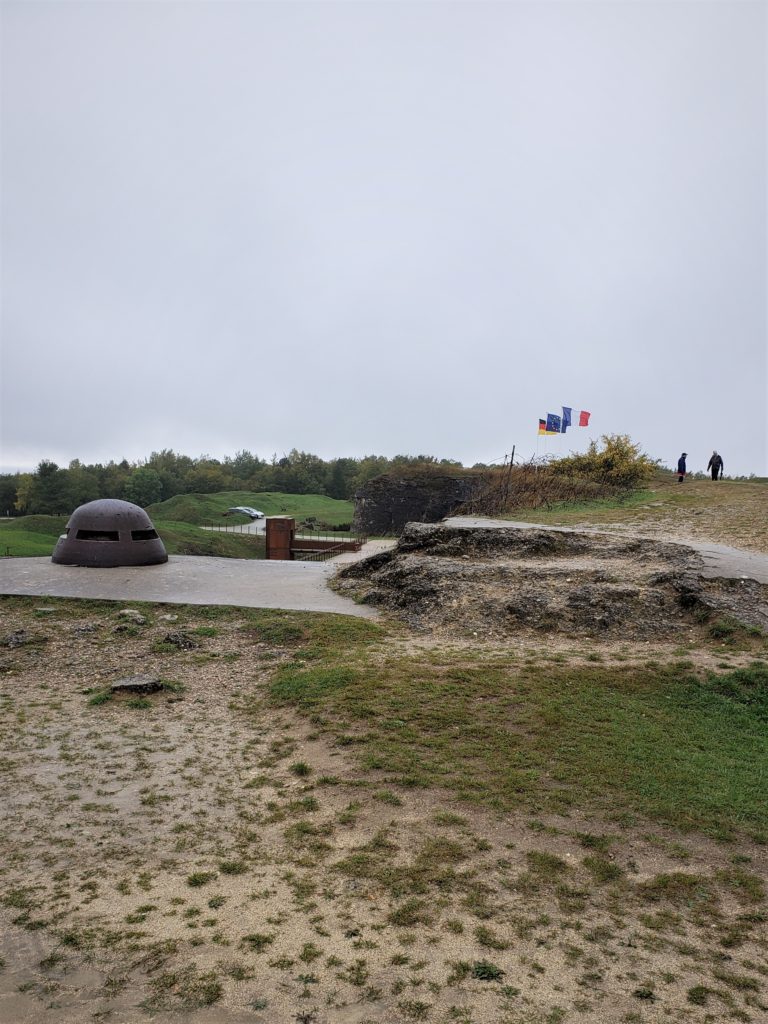
We visited Fort de Douaumont, a hilltop fort constructed in 1885 to house France’s strategic command center. German troops even used it at various times. Soldiers were protected here. A thick layer of sand muffled explosions and the concrete walls were seven feet thick.
During the climb to the bombed-out area above the Fort, a light rain started. Somehow, this seemed appropriate. Once at the top, strong winds buffeted us around as we walked through the craters and past the round, iron structures which held the machine gun turrets. Guns could rise up out of these structures and turn slowly, firing on the enemy. The enemy never had a chance.

Looking out over the craters, past the gun turrets, and into the trenches, it was impossible to imagine fighting here. It’s something we will never forget.
Leaving the fort area, we visited the National Cemetery with more than 16,000 graves. It’s beautiful and sobering, like national cemeteries are.
Overlooking the cemetery is the Douaumont Ossuary, a memorial holding the unidentified remains of more than 100,000 soldiers. Both French and German are recognized.
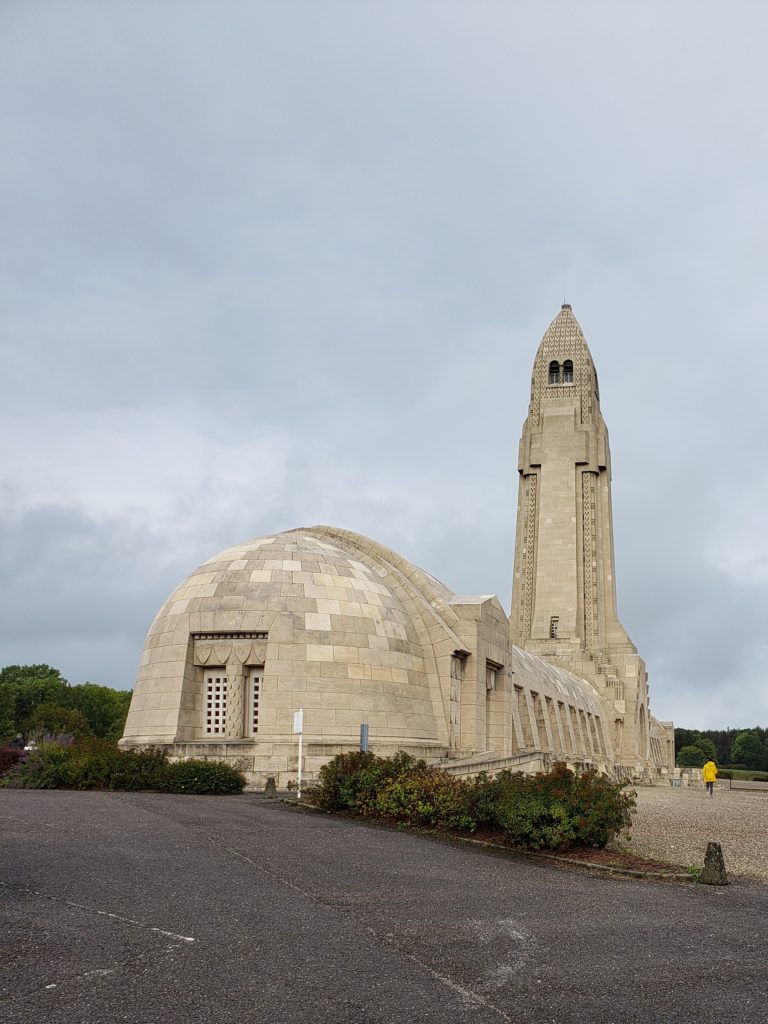
A central chapel offers a place to reflect. Massive hallways, 150 feet long, on either side of the center area are bathed in orange light. Twenty-two alcoves house the tombs that represent the 46 sectors of the Battle of Verdun. Around 4,000 names of fallen soldiers are inscribed on the walls and ceiling.
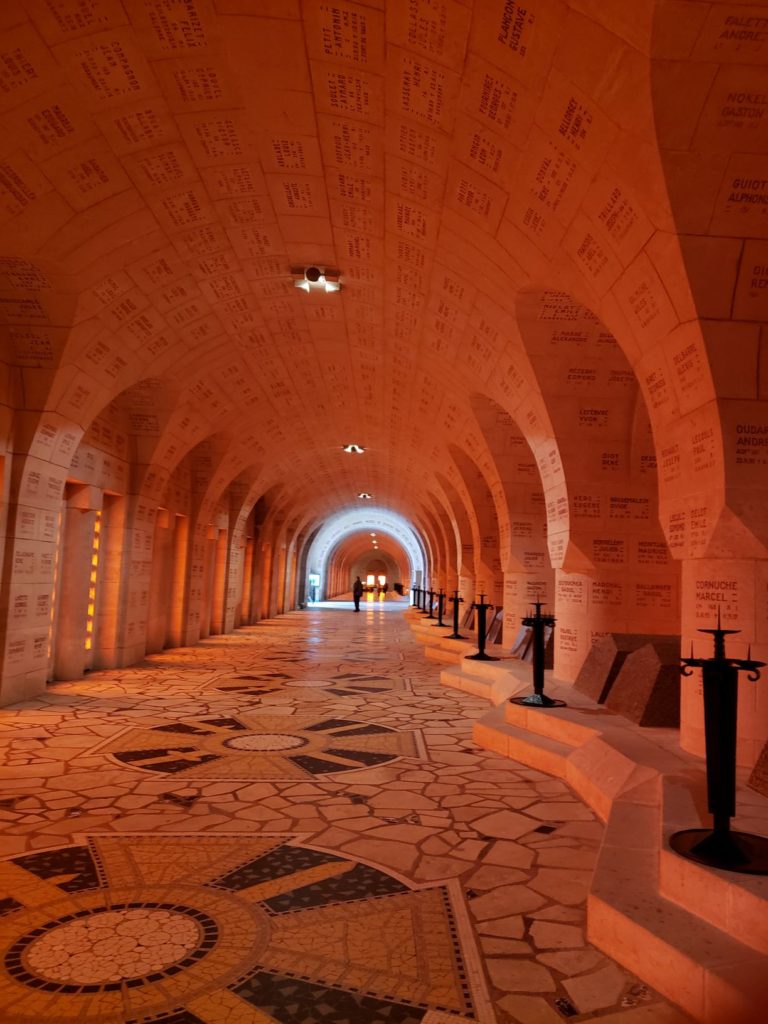
The ossuary’s 150-foot tower rises above the countryside, the cemetery, and the battlefields. All of it brought history back to us, over 100 years later.
Again…almost impossible to grasp the severity of being here 300 days and nights, fighting for your life as your buddy next to you dies.
This was a sobering visit, yet an important piece of history to see in person. I would recommend visiting here, even if you are not a history buff.
If You Go: Verdun is about 2 ½ hours east of Paris’ Charles De Gaulle airport.
